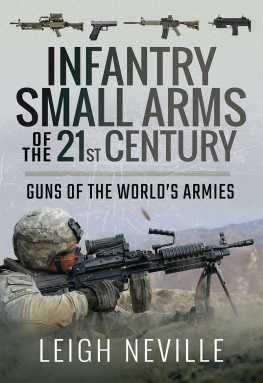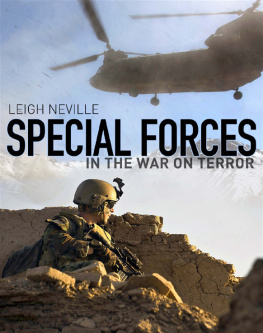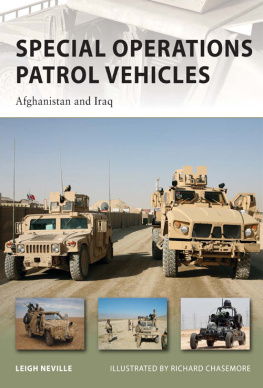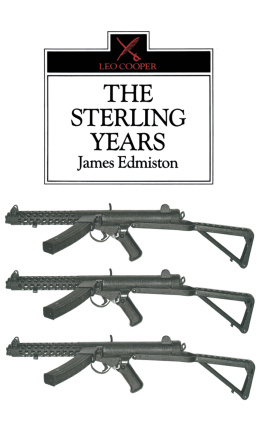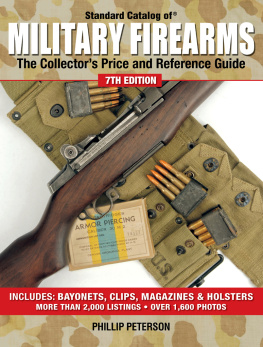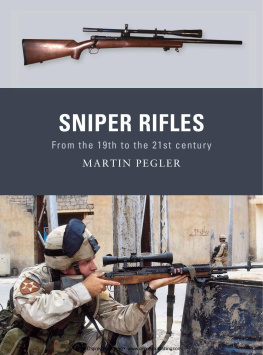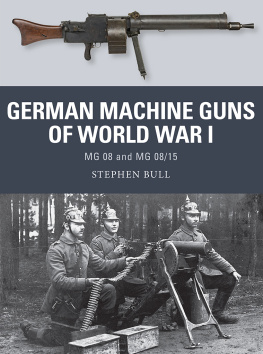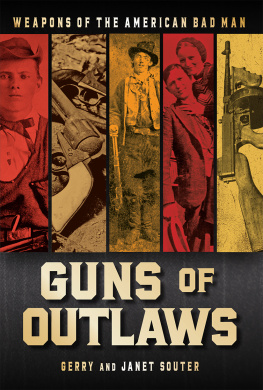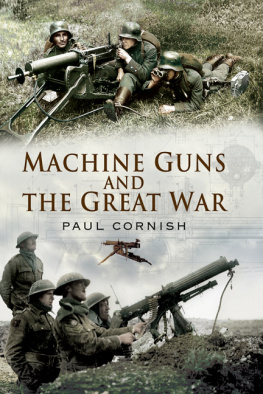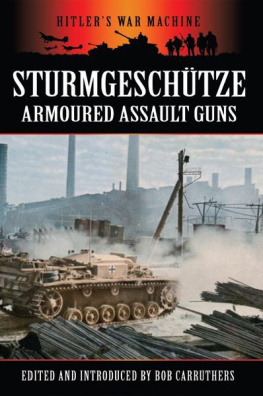Pagebreaks of the print version

Infantry Small Arms of the 21st Century
Infantry Small Arms of the 21st Century
Leigh Neville
First published in Great Britain in 2019 by
PEN & SWORD MILITARY
An imprint of
Pen & Sword Books Ltd
47 Church Street
Barnsley
South Yorkshire
S70 2AS
Copyright Leigh Neville, 2019
ISBN 978-1-47389-613-0
eISBN 978-1-47389-615-4
Mobi ISBN 978-1-47389-614-7
The right of Leigh Neville to be identified as the author of this work has been asserted by him in accordance with the Copyright, Designs and Patents Act 1988.
A CIP catalogue record for this book is available from the British Library.
All rights reserved. No part of this book may be reproduced or transmitted in any form or by any means, electronic or mechanical including photocopying, recording or by any information storage and retrieval system, without permission from the Publisher in writing.
Pen & Sword Books Ltd incorporates the imprints of Pen & Sword Archaeology, Atlas, Aviation, Battleground, Discovery, Family History, History, Maritime, Military, Naval, Politics, Railways, Select, Social History, Transport, True Crime, and Claymore Press, Frontline Books, Leo Cooper, Praetorian Press, Remember When, Seaforth Publishing and Wharncliffe.
For a complete list of Pen & Sword titles please contact
PEN & SWORD BOOKS LIMITED
47 Church Street, Barnsley, South Yorkshire, S70 2AS, England
E-mail:
Website: www.pen-and-sword.co.uk
Dedicated to
the late Kevin R. Hognose OBrien,
the Weapons Man, SFC US Army,
19582017
Acknowledgements
Before we get to the meat and potatoes, the author must thank a number of people without which this book would have not been possible. Thank you to Doug Beattie, Phil Boshier, Bobby Casey, Ron Dahlgren, Miles Vining, Nathan Vinson, and a couple more folks who prefer to remain anonymous all combat veterans of Afghanistan and Iraq with strong views on military small arms and who were willing to share their experiences with me.
Miles Vining, along with being a USMC combat vet of several tours in Helmand Province, writes for both www.thefirearmsblog.com , one of the internets best firearms news and reviews sites, and his own excellent www.silahreport.com with its focus on small arms in MENA and Central Asia both sites are heartily recommended. Miles also assisted greatly with this project in many ways and deserves a special thanks.
Thanks to the incredible input of Eric Graves, a former US Army and USAF SOF veteran and former Blackwater contractor and founder of industry bible www.soldiersystems.net which is again recommended as a daily visit for all interested readers who want to keep up to speed on small arms matters, including the often-convoluted procurement processes. Likewise to Matthew Moss ( www.historicalfirearms.info and www.armourersbench.com ), a British small arms historian who has been an incredible source of obscure information and photographs and a useful sounding board during the preparation of this book.
Whilst mentioning websites, the author would like to point readers to that of the late Kevin Hognose OBrien, a US Army Special Forces veteran and diligent small arms researcher. His website ( www.weaponsman.com ) remains online following his untimely passing in 2017. Although the author only communicated with Kevin a handful of times, the influence of his thinking around the practical realities of small arms use in combat were and remain very influential. Hognose is very sadly missed.
William (Wilf) F. Owen, a former British Army soldier and one of the worlds leading operational research gurus very kindly took time to discuss and debate a number of theories with me his insights have made this book immeasurably better. Similarly, Thomas Ehrhart, US Army battalion commander and author of the ground-breaking monograph Increasing Small Arms Lethality in Afghanistan: Taking Back the Infantry Half-Kilometer also contributed much to my thinking on current small arms challenges and I thank him for graciously responding to all manner of queries.
My personal thanks also go to photographer extraordinaire Vitaly Kuzmin, a number of whose photos illustrate this book. Thanks too for the use of imagery from Accuracy International (thank you Alice Bond), Andy Falcone at H&K, Max Popenker at Kalashnikov Concern, Kelly Stumpf at Colt Canada and Nathan Wyatt at Knights Armament Corporation.
Finally, my deepest thanks as always to my wife Jodi Fraser-Neville, my fellow author John Walter and my editor at Pen & Sword, Henry Wilson, who graciously accepted a number of failed deadlines on the long road to publication. Matt Jones and Irene Moore from the editorial team also deserve my thanks for their outstanding efforts on this and my last book for Pen & Sword.
INTRODUCTION
This book follows in the wake of the authors Guns of the Special Forces that was thankfully rather universally praised after its publication in 2015. Instead of Special Operations Forces (SOF), this new work focuses primarily on the small arms in use by the militaries of the world and specifically by the infantry soldier in the first two decades of the twenty-first century.
Weapons covered range from pistols to medium and general-purpose machine guns the small arms that are most commonly found in the hands of soldiers across the globe. Some mention of SOF is inevitable as they exert a considerable influence on small arms procurement decisions, but first and foremost we are talking about the weapons of the infantryman.
There is a necessary and acknowledged bias toward the Western nations and their experiences in Iraq and Afghanistan due to the wealth of English language research material available and access to interviews with a large pool of veterans of these conflicts. Efforts have been made to include as many non-Western militaries as possible and it is hoped the book will provide a useful overview or snapshot of what small arms are in use around the world.
Please note the interchangeable use of the terms squad and section. Commonwealth and former Commonwealth armies tend to refer to their infantry platoons as being formed of three sections, each of two fire teams. In American and US trained armies, the term squad is more common.
The author has also taken into consideration two recurring feedback points concerning the earlier volume, the first being the inclusion of some rudimentary comparison charts to allow the quick examination of weapons of a similar type. The second request was for even more photographs with some calling for an image of every single weapon mentioned in the text. This second point is sadly more problematical as it affects both the physical size and distribution and thus the eventual retail price of the book. The author would love to include an accompanying picture for every weapon discussed, but the practicalities weigh heavily against us unfortunately this is not Janes Infantry Weapons, but nor does it attract the same retail price of one of the Janes volumes which run into the thousands! We have however increased the number of images as much as possible and hope that these selections assist the reader.
Before we go much further, it is firstly worth putting infantry small arms in some kind of context in the scheme of the worlds armies. The biggest killer in modern warfare is airpower and artillery. Small arms make up a very, very small percentage of enemy deaths and woundings. Even in asymmetric conflicts like Afghanistan or Syria, the vast majority of enemy are killed by air-delivered bombs and rockets, or indirect fire from mortars, artillery and multiple-launch rocket systems. Put simply, explosives do the killing. Noted defence researcher and former British Army infantry officer Dr Jim Storr puts things in perspective: Small arms fire kills and incapacitates very few people in a typical infantry battle .

